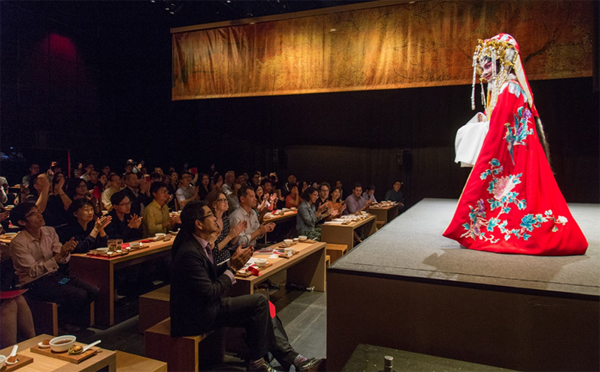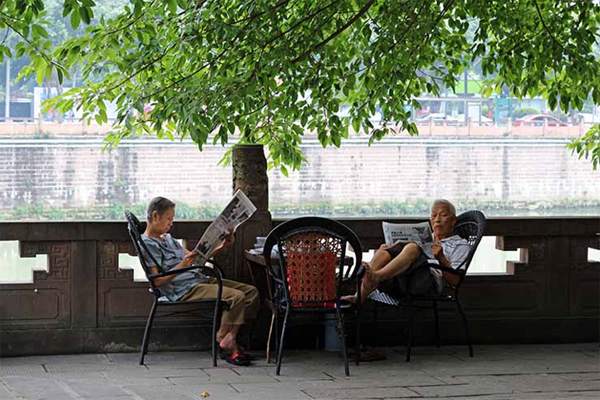Snatch a Little Leisure for Tea Appreciation
by Pedro Lok
Considering that April is the ideal time to harvest tea leaves (as the fresh buds are still tight and give an optimum flavour and texture), I would like to share the delight of tea drinking. Tea drinking is considered cultured leisure. To be precise, the term “drinking” can be replaced by “savouring” which more vividly depicts the elegance of it. Though I dare not declare myself to be a tea expert, I am definitely a tea lover. Wulong tea, Pu’er tea, matcha (powedered green tea), black tea, etc., are all favourite tea categories of mine. Life is not very easy when working full-time and studying part-time for a PhD. A cup of tea provides relief from an overload of work, especially on a dreadful day.
While coffee companies like Starbucks and Pacific Coffee are predominant in the beverage industry in Hong Kong (and also here at HKU), authentic teahouses seem rarer in urban districts. They are different from the outlets selling new-style reconstituted tea beverages on the spot, in that customers can make their own brews of tea and complete their tea appraisal, from observing the tea liquid colour to smelling the aroma to tasting its flavour to identifying the tea character. Tea appreciation should take place in an appropriate setting. In traditional Chinese culture, everything starts with the environment. A typical setting is one where water flows along marble, in pavilions on mountain tops, or at kiosks next to riverbanks. The venue is usually decorated with calligraphy or poetry, traditional paintings, or musical instruments. Sometimes tea appreciation also comes along with viewing comedies or Xiqu (traditional Chinese opera). In fact, to promote the heritage of Xiqu, the Hong Kong Academy for Performing Arts offers Xiqu audiences a spacious environment to watch performances and enjoy Chinese tea and dim sum.

Xiqu audience enjoying a performance at a teahouse theatre mockup (West Kowloon Cultural District official website)
Tea appreciation is somewhat distinguished from coffee or wine tasting. The five bodily senses are all involved in judging the quality of tea – examining the colour of tea (vision), smelling its fragrance (olfaction), tasting its flavour (taste), using appropriate tea ware (touch) and appreciating how the traditional Chinese musical performance creates an ambience (sound). For amateurs who want to learn to brew tea, the three Ts, namely “tea amount”, “temperature”, and “time”, help one to remember the steps.[1] Tea amount refers to the amount of tea leaves used, which depends on the volume of the cup. Water temperature and steeping period are also critical factors governing the strength of the tea. The most challenging task is to balance all the parameters considering the vast variety of tea leaves, but a quality tea master can still be aware of the optimum conditions to savour the tea thoroughly. Yet, tea appreciation is one’s subjective interpretation. Some prefer less bitterness and astringency while others favour intensity. There are no set formulae of so-called “standardised ginseng oolong” or “classic English breakfast tea”.

Tea drinking is becoming more popular, as more people go to modern party-room-like tea houses to socialise with colleagues or friends. Yet, I still distinguish tea drinking from tea appreciation, a more personal experience to reflect on spiritual matters in solitude. The philosophy of tea appreciation lies within the expression of one’s ideas and the cultivation of one’s character in the process. For me it is a form of spiritual purification through self-examination and the comprehension of emptiness, clearness and truthfulness. Tea appreciation thus embodies the wisdom of mankind and manifests the advent of civilisation.
For further reading: Tsang & Jones. (2010). Chinese-English Tea Studies Terminology. Taipei: Lu-Yu Tea Culture Institute Publications Department.

Our apologies, you must be logged in to post a comment.